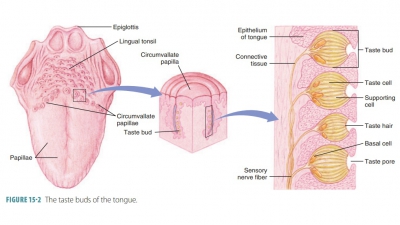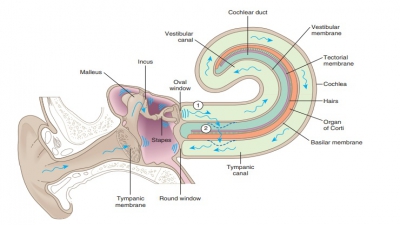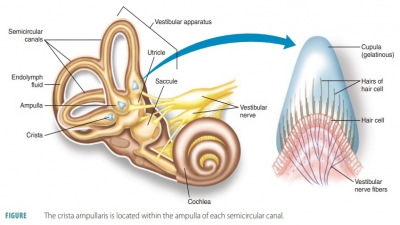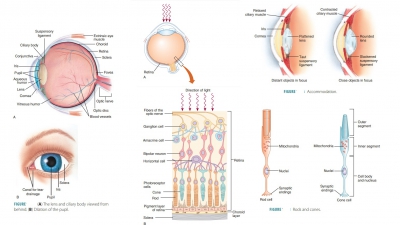Summary
| Home | | Anatomy and Physiology | | Anatomy and Physiology Health Education (APHE) |Chapter: Anatomy and Physiology for Health Professionals: Autonomic Nervous System (ANS)
The ANS is divided into the sympathetic and para-sympathetic divisions.
Summary
The ANS is divided into the
sympathetic and para-sympathetic divisions. The sympathetic division signifies
exercise, emergency, and excitement, and uses fibers that originate in the
thoracic and lumbar regions of the spine. The parasympathetic division signifies
digestion, defecation, and diure-sis, and uses fibers that originate in the
brain and sacral spinal cord. Preganglionic fibers leave the CNS to synapse
with second motor neurons to make ganglionic neurons. Axons of second neurons
are called postganglionic fibers. Sympathetic and parasympathetic preganglionic
fibers secrete Ach, and are therefore called cholinergic fibers. The two types
of cholinergic receptors are nicotinic and muscarinic receptors. Most
sympathetic postgan-glionic neurons secrete NE (noradrenalin), and are
therefore called adrenergic fibers. Imbalances of the ANS and part of the PNS
include hypertension, auto-nomic dysreflexia, and Raynaud’s disease. Common
symptoms of ANS dysfunction due to aging include constipation, drying and
infection of the eyes, and orthostatic hypotension.
Related Topics




